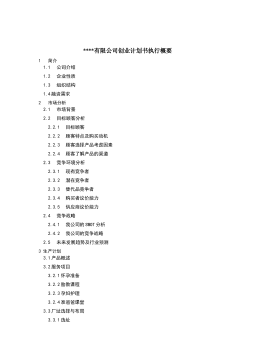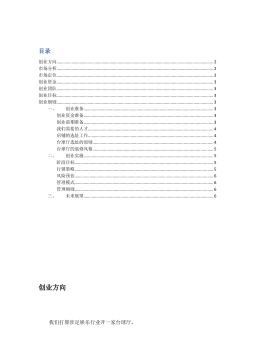交流伺服系统变负载下参数自适应调整方法研究
摘要数控机床特别是高档数控机床,其最基础的、最关键的支撑技术就是高性能的交流驱动技术。对于交流伺服系统这样的非线性系统,一般使用传统PID参数调整的方法调整驱动器参数,进而控制伺服系统的精度和速度。这种方法主要有以下缺点:只能一次调整参数使系统性能最优,而对于不同的应用、不同的工况下,系统的负载转动惯量各不相同或者系统转动惯量是未知的情况下,参数就不能很好的依据负载变化而确定,从而电机的控制效果比较差。由于驱动器参数和负载转动惯量不能很好的匹配,一般会导致数控机床在使用过程中往往会出现运行不平稳,响应慢,振动,出现尖叫声及振动噪音等现象,大大影响了加工效率。基于以上原因,我们提出了在线自适应调...
相关推荐
-
我国基层财政困难的制度成因分析与对策研究VIP免费
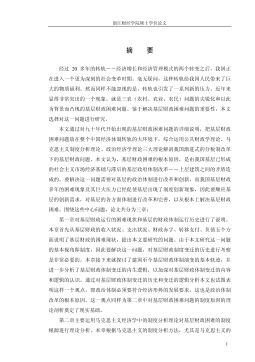
 2024-09-20 33
2024-09-20 33 -
我国煤电产业链纵向交易合约机制研究VIP免费
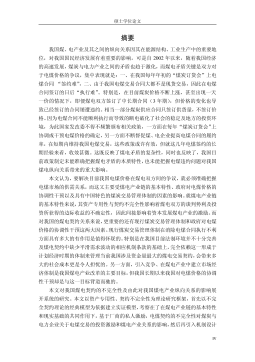
 2024-09-20 28
2024-09-20 28 -
生产要素视角下的上海市产业结构优化研究VIP免费
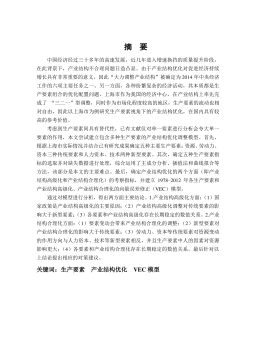
 2025-01-09 7
2025-01-09 7 -
我国银行业结构与经济结构关系研究VIP免费
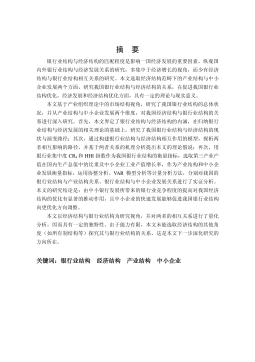
 2025-01-09 7
2025-01-09 7 -
大数据视角下农业供应链金融研究VIP免费

 2025-01-09 6
2025-01-09 6 -
跨国大型综合超市的规划研究VIP免费
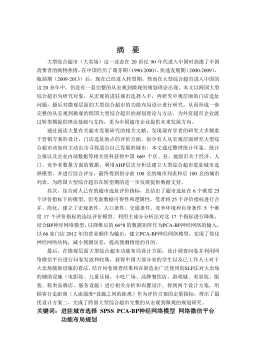
 2025-01-09 6
2025-01-09 6 -
跨境电商农产品质量安全问题研究VIP免费
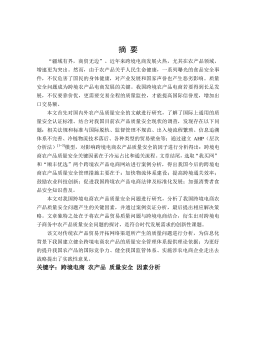
 2025-01-09 7
2025-01-09 7 -
世界市场的虚拟化与我国国际电子商务发展方向研究VIP免费
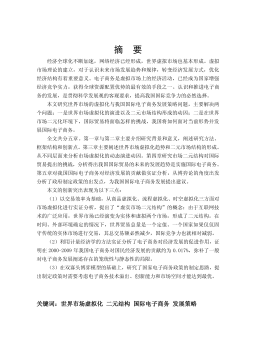
 2025-01-09 9
2025-01-09 9 -
中国政府对电力行业的价格规制问题研究VIP免费
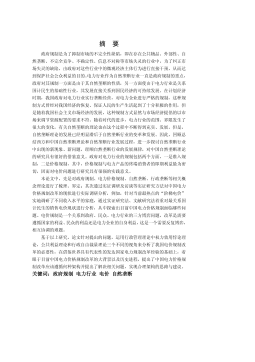
 2025-01-09 14
2025-01-09 14 -
中小企业信息化系统集成技术研究VIP免费
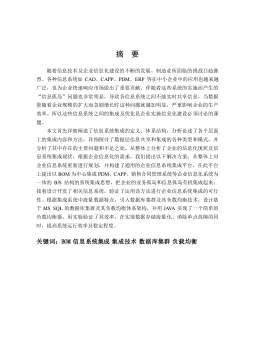
 2025-01-09 14
2025-01-09 14
相关内容
-

跨国大型综合超市的规划研究
分类:高等教育资料
时间:2025-01-09
标签:无
格式:PDF
价格:15 积分
-

跨境电商农产品质量安全问题研究
分类:高等教育资料
时间:2025-01-09
标签:无
格式:PDF
价格:15 积分
-

世界市场的虚拟化与我国国际电子商务发展方向研究
分类:高等教育资料
时间:2025-01-09
标签:无
格式:PDF
价格:15 积分
-

中国政府对电力行业的价格规制问题研究
分类:高等教育资料
时间:2025-01-09
标签:无
格式:PDF
价格:15 积分
-

中小企业信息化系统集成技术研究
分类:高等教育资料
时间:2025-01-09
标签:无
格式:PDF
价格:15 积分


